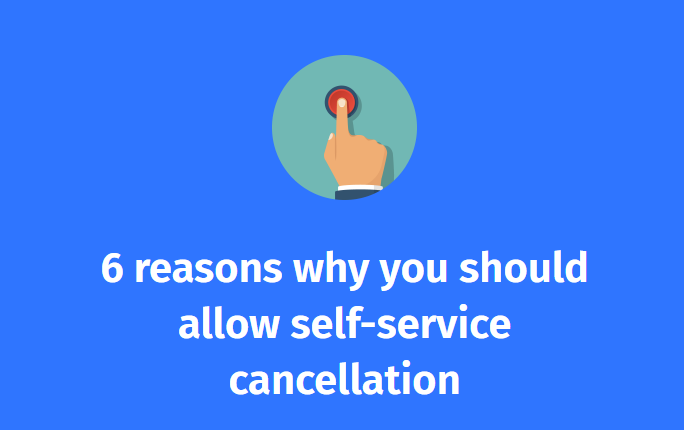More and more companies are empowering their customers to cancel services or products online without the need for phone calls or lengthy conversations with customer service representatives. So, self-service cancellation has become a buzzword in the customer service industry.
This trend has increased customer satisfaction and helped businesses save on high costs. In this article, you will explore the rise of this self-cancellation process and how companies use it to enhance customer experience and reduce costs.
Enhancing Customer Experience with Self Cancellation
Consumers today have more options than ever, expecting a seamless and hassle-free experience when canceling services or products.
This self-cancellation process allows consumers to cancel subscriptions or services quickly and conveniently without waiting on hold or talking to customer service representatives. It saves time and enhances the experience by reducing the frustration associated with the traditional cancellation process.
Moreover, it provides them with more control over their subscriptions or services, which can improve their perception of a company. By providing the ability to cancel anytime, companies can demonstrate their commitment to customer satisfaction and earn their trust.
Reducing Costs with Self-Service Cancellation
The self-cancellation process can also help companies reduce costs associated with customer service.
Traditionally, customer service representatives were required to handle cancellations, which consumed their time and resulted in higher labor costs. With self-service cancellation, companies can reduce their customer service workload, thereby saving high expenses.
Additionally, the process reduces the number of chargebacks companies must deal with. Consumers who are unhappy with their service or subscription often resort to chargebacks to get their money back. Chargebacks are not only time-consuming but can also be costly for businesses.
By providing customers an easy and hassle-free way to cancel, companies can reduce the number of chargebacks they receive and save money.
Best Practices for Implementing Self-Service Cancellation
While self-service cancellation can offer significant benefits, it is essential to implement it correctly. Here are some best practices for implementing self-service cancellation:
- Make it easy to find: Companies should ensure that their self-service cancellation option is easy to find on their website or app. Customers should not have to navigate multiple pages to find the cancellation option.
- Keep it simple: The cancellation process should be simple and easy to follow. Customers should not have to fill out lengthy forms or provide unnecessary information.
- Provide confirmation: Once a customer cancels their subscription or service, they should receive a confirmation that the cancellation has been processed successfully. This will help to avoid any confusion or misunderstandings.
- Provide support: While self-service cancellation is designed to be easy and convenient, some customers may still require assistance. Companies should provide support options such as live chat or phone support to assist customers with difficulty canceling.
Final Thoughts
One can conclude that ‘self-service cancellation’ is a powerful tool for enhancing the customer experience and reducing business costs. By implementing it, companies can empower their customers, improve their perception of the company, and reduce labor costs associated with customer service.
Overall, this type of cancellation is an effective way for companies to demonstrate their commitment to customer satisfaction and reduce costs associated with customer service. As customer expectations evolve, this will become an essential part of any successful customer service strategy.









